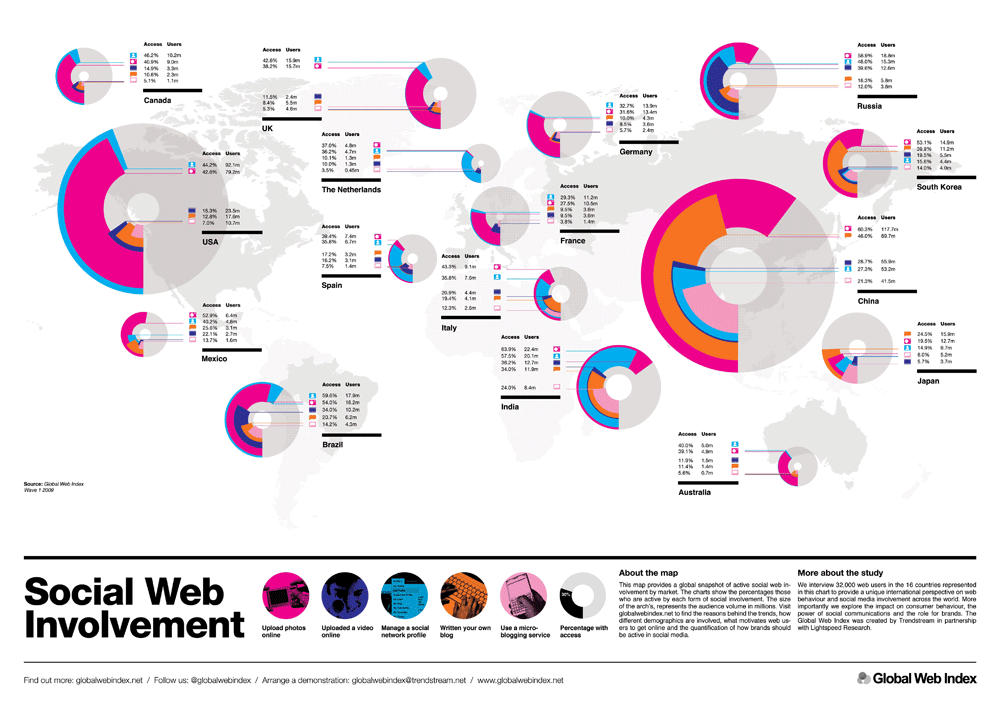In another case study presented in his book, Niall introduces Microsoft’s Academy Mobile, an online learning program that allows people to share audio and video files (podcasts). Here is a small list of incentives Microsoft used to engage its employees.
- Rewards for top contributors
- Training sessions on ‘How to create podcasts’
- Provision of studio facility & technical equipment to record and play podcasts
Here’s the link to a blog post by Jon Ingham, a consultant and researcher on strategic human capital management, who is similarly positive about this implementation story.
However, the question of how to set the right incentives is a tricky one. Please find below a video by David Gurteen, a knowledge management consultant. He is an adversary of incentives as they distort the relation between intrinsic and extrinsic motivation.
How would you encourage people to use a new system? How do you fuel enthusiasm about innovations within your organization? Please do share your stories.


